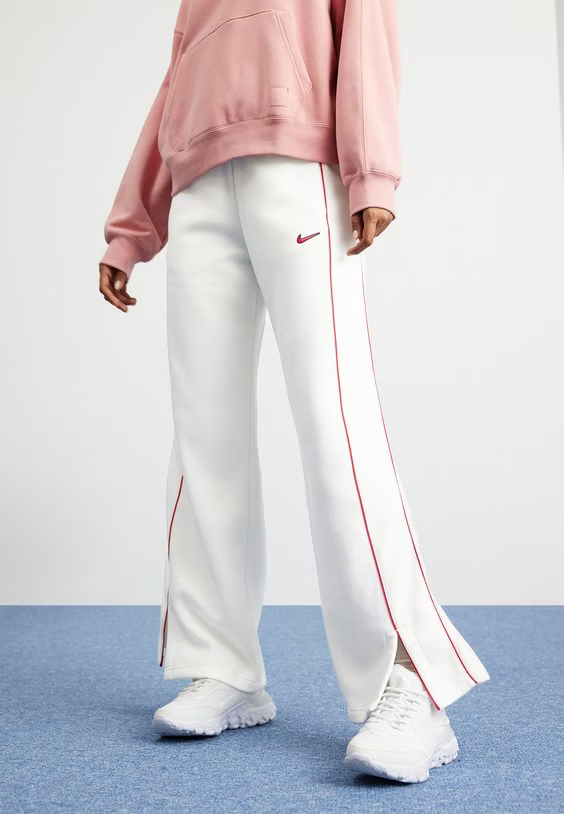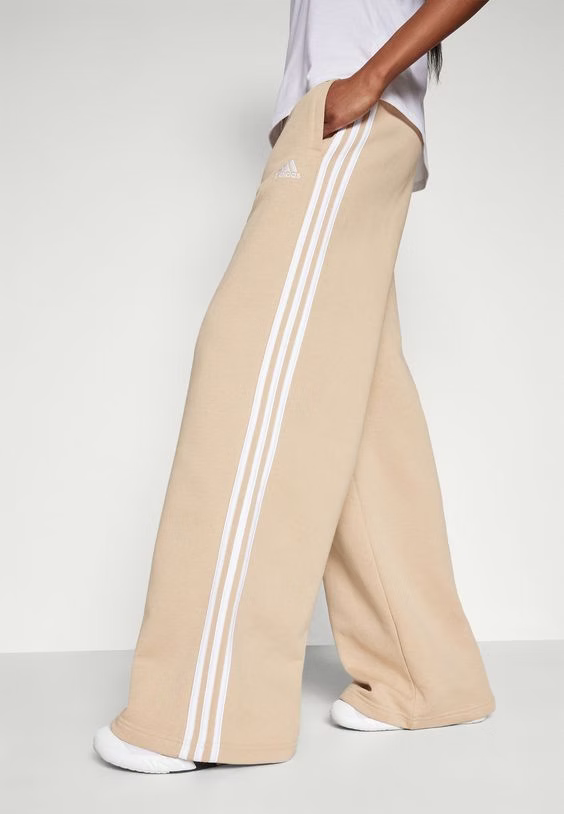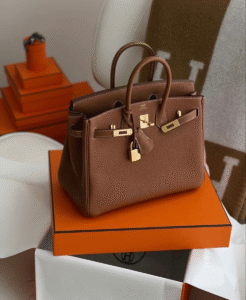Sneaker culture is all the rage right now. ‘Sneakerheads,’ the dedicated enthusiasts who love to snag the latest and coolest kicks, don’t mind dropping serious cash if it means getting top-notch quality, durability, and brand prestige. The old notion of sneakers being just casual wear is long gone. Nowadays, you’ll see sneakers everywhere, from high-fashion runways to corporate offices and fancy events.
This shift in perspective has been made possible by the iconic collaborations of luxury brands and athletic companies (for example, Nike and Off-White, Travis Scott & Nike, Supreme & Nike, Kanye West & Nike etc. ), blending in the aspect of style and comfort together and also through the concerted efforts of celebrities, influencers, and online user communities that have made made sneakers a powerful symbol of personal identity, expression and status.
Adidas and Nike: The ultimate titans of the sneaker world
Adidas: A German Giant

Adidas, known for its famous ‘three stripes’ and ‘three foils’ logos, is the more established of the two competitors. The company’s rich history began in 1924 when brothers Adolf and Rudolf Dassler started manufacturing sports shoes. Despite facing significant hardships, including World War II and a bitter feud between the brothers, they each went on to create their own shoe companies. In 1949, Rudolf founded “Puma,” while Adolf registered “Adidas.” Located in Germany, Adidas benefited from its geographical position and rapidly expanded throughout Western Europe, thriving even amidst its rivalry with Puma.
Nike: The American Challenger

On the other hand, Nike was established in the United States in 1964 by Bill Bowerman and Phil Knight. The company originally operated under the name Blue Ribbon Sports and functioned as a distributor for Japanese-manufactured shoes. In 1971, Nike began designing its own shoes and introduced the iconic ‘swoosh’ logo. With its roots firmly planted in the United States, the North American market played a crucial role in Nike’s growth. The company’s innovative marketing strategies and strong partnerships with athletes helped solidify its brand. Nike’s continuous emphasis on innovation and inspiration has enabled it to become a leader in the global athletic footwear industry.
The Legal Battle Begins
In the world of sportswear, a significant legal battle has unfolded between Nike and Adidas regarding the use of striped designs. Adidas, known for its iconic three parallel stripes, vigorously defends its trademark around the world. Nike, on the other hand, contests Adidas’ assertions, arguing that striped decorations are not inherently indicative of a particular brand.
The dispute escalated noticeably when Adidas filed a trademark infringement lawsuit against Nike in Germany in 2022. This legal action marked the culmination of tensions between the two companies over branding and design elements, sparking a complex and protracted legal confrontation that reflects broader issues in intellectual property and competition within the sportswear industry.
Court Rulings and Appeals [Case no. (I-20 U 120/23)]
Initial Court Ruling and Nike’s Appeal
The trademark dispute between Nike and Adidas commenced in 2022, initiated by Adidas, known for its stringent protection of its trademark featuring three stripes. Adidas filed a complaint with the Düsseldorf Regional Court, resulting in an initial injunction prohibiting Nike from using striped designs on five of its jogging trousers models in Germany.
Nike quickly filed an appeal of the injunction, arguing that Adidas’ assertions were overly restrictive. In September 2023, the regional court upheld the initial decision, prompting Nike to lodge a subsequent appeal.
German Court’s decision : Adidas vs Nike

The 20th Civil Senate of the Düsseldorf Higher Regional Court (Germany) issued its decision in May, 2024. In a partial amendment of the previous ruling, the court modified the restrictions imposed on Nike’s trousers, permitting the company to use the stripe design on four of the contested models. This temporary reprieve provided a glimmer of hope for Nike in its ongoing battle with Adidas, offering some leeway in its use of striped designs.
Nonetheless, the court upheld restrictions on one remaining model of Nike’s trousers, prohibiting the company from offering this specific pair within Germany. This part of the decision demonstrated the court’s commitment to maintaining trademark protection and avoiding any confusion among consumers. By limiting the selling of this specific model, the court made it clear that it would carefully scrutinize each design element and enforce reasonable force to protect trademarks.

The court’s ruling also shed light on how it views trademark protection in relation to sportswear designs. The court noted that not all side stripe patterns on sports pants could be definitively linked to Adidas, even though it acknowledged the brand’s recognizable three-stripe trademark. This sophisticated view demonstrated the court’s understanding of the necessity to strike a balance between promoting fair competition in the sportswear industry and protecting trademarks.
The court’s decision put an end to a protracted legal dispute between Adidas and Nike on striped designs, obliging both companies to follow its rules and ending their ongoing fight. But the decision has an impact that goes beyond the courtroom, impacting future tactics for sportswear brand protection and trademark enforcement. It emphasizes the need to strike a balance between fair competition and trademark protection, highlighting the difficulties associated with enforcing trademark laws in the fast-paced sportswear sector and offering a standard for similar cases in the future. Courts have a significant impact in setting industry norms and settling disputes as companies like Nike and Adidas adapt to changing consumer perceptions and evolving trends.
Some of Adidas’ Triple Stripe Trademark Tussles
Adidas is known for aggressively pursuing claims of trademark infringement, especially when it comes to protecting its Three Stripes. adidas vs nike german

Famous court cases involving Tesla, FC Barcelona, and Forever 21 Inc. demonstrate how far Adidas will go to protect its brand identity. Adidas filed a retaliatory countersuit against Forever 21 Inc., claiming that the firm was maliciously prosecuting them for allegedly infringing on their trademark by selling striped clothing items. Adidas and FC Barcelona also fought over a trademark application that included stripes that looked like their logo. Their dispute with Tesla involved objections to the use of three horizontal bars in Tesla’s logo—a symbol for number 3—in its emblem.
Despite their proactive stance, Adidas has faced setbacks, such as losses against the European Union and Shoe Branding Europe BVBA, which not only affected their protection but also raised questions about the effectiveness of their legal strategy. Adidas’ fierce protection of its trademarks emphasizes the value of maintaining brand identity, yet the regularity and ferocity of their legal strategy raises moral questions. Adidas continues to face difficulties navigating the intricate world of trademark enforcement on a worldwide basis as they attempt to strike a balance between brand protection, fair competition, and legal responsibility. adidas vs nike german
The ongoing legal drama between Adidas and Nike over their trademark disputes provides a fascinating glimpse into the competitive world of sportswear branding and the lengths companies will go to defend their territory. It highlights the immense value placed on brand identity in today’s market, where iconic logos such as Nike’s, Swooshs’ and Adidas’ ‘Three Stripes’ are not just fashion statements but also valuable assets worth safeguarding. These courtroom clashes showcase not only the strategic maneuvers of corporate giants but also raise significant questions about the limits of trademark protection and the delicate balance between fair competition and legal responsibility.








